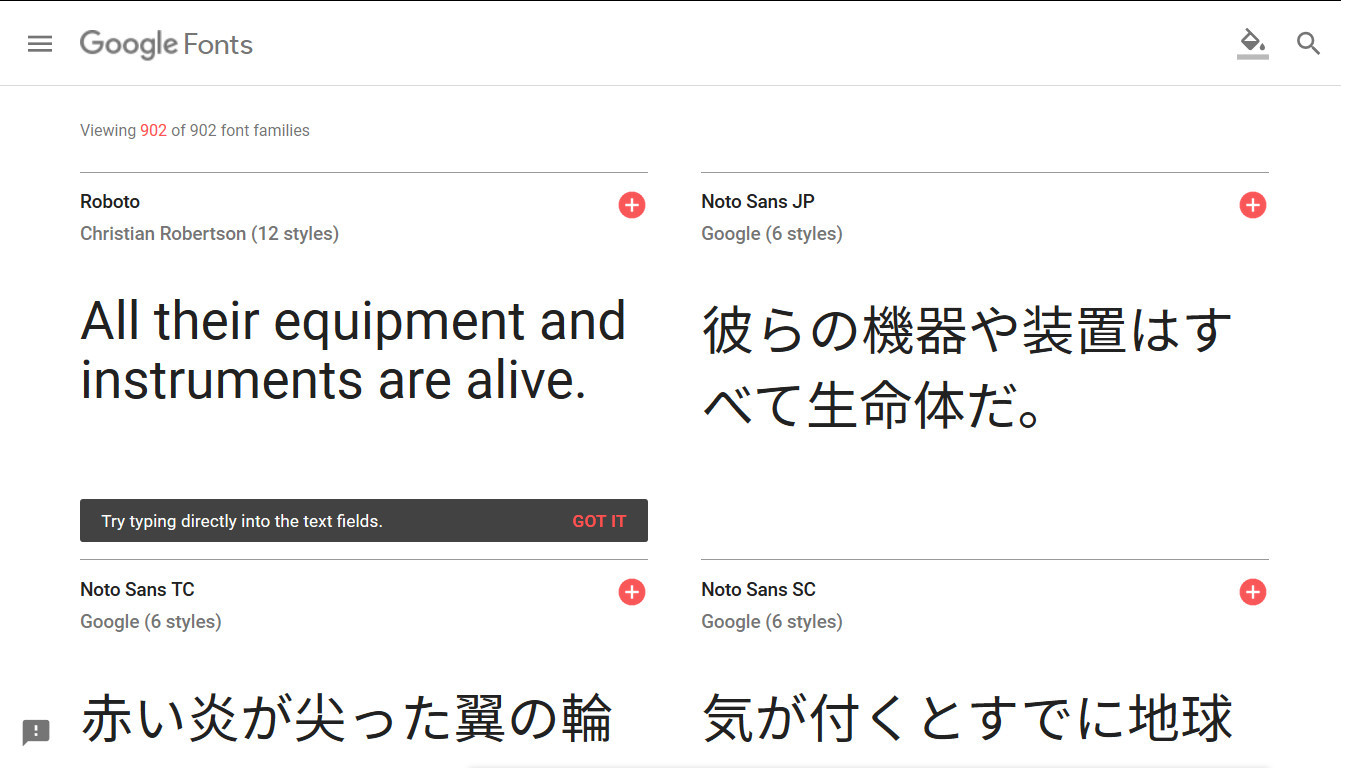
When it came near enough he perceived that it was not grass there were no blades, but only purple roots. The roots were revolving, for each small plant in the whole patch, like the spokes of a rimless wheel.
#NOTO SANS JP PATCH#
What looked like a small patch of purple grass, above five feet square, was moving across the sand in their direction. Tim Brown’s Modular Scale site raised awareness about type scales, helped to improve typography on the web, and it was the inspiration for this project. You can read more about these units from an article I wrote on the subject, Confused About REM and EM? Additional Resources The only difference between the two is that em is proportionate to its nearest parent that has a font-size, whereas rem is always relative to

The em value is the same as the rem value displayed above. Large scales (1.333 or greater) may be challenging to implement effectively, but could work well for portfolios, agencies, some marketing sites, or avant-garde works. A medium scale is versatile and works well for a wide variety of desktop sites, including blogs and Medium scales (1.15–1.333) have a clear hierarchy, and help to organize sections with subheadings. KWrite is using Qt 5.15, while Text Editor is using GTK4.Small scales (less than 1.2) are subtle and good for both mobile and desktop apps, or the mobile version of a responsive site. When comparing KWrite and Text Editor, and setting the font as Noto Serif CJK SC in both, I'm seeing no difference. I do have the following in my $XDG_CONFIG_HOME/fontconfig/nf, and I mostly need Chinese (Simplified) and Korean characters rendering in the webbrowser, Fcitx5, and Electron apps. The generated packages are much I can't say I notice such a problem. : There are now variable Serif fonts for all the languages.: A section about OpenType issue with Pango apps was added.Use runtimes based on Freedesktop 21.08, as the runtime's libharfbuzz 3.0.0 is patched with the fix. This is fixed not only for system installed applications, but soon also with Flatpak applications that : The issue affecting Variable OTCs is related to HarfBuzz and was fixed in version 3.3.0.: Freedesktop 21.08, Gnome 42, KDE 5.15-21.08, and KDE 6.2 Flatpak runtimes were updated, and they now include the HarfBuzz patch.If you're upgrading this package(s) and your AUR helper is caching sources, then you might need to delete the cached tarballs. : Release assets were updated without tagging a new release.: The Variable OTCs issue of HarfBuzz : Gnome 41 Flatpak runtime was updated to 41.8 and is based on Freedesktop 21.08.14 that includes the fix to HarfBuzz 3.0.0.My MR backporting the needed changes to the Freedesktop Flatpak runtime was merged,Īnd this issue is fixed now for applications that use the following runtimes or newer: Freedesktop 21.08, Gnome 41, KDE 5.15-21.08.

I suspect that Electron releases older than v14 are also affected by this. This means Flatpak, AppImage, proprietary, etc. Outdated libharfbuzz.so will still be broken. Loading the missing glyphs from the fonts.įrom what I can tell, it's fixed in HarfBuzz 3.3.0 and newer releases, but anything that brings it own

Variable OTCs and HarfBuzz and elements in nf (see details in the Arch Wiki),īut it was a hit-and-miss, and it should have worked without any extra setting, automatically I'm not completely sure about the font config for the monospace font, so feedback would be appreciated.

Multi-lingual monospace font is packaged because there aren't subset versions of monospace fonts.


 0 kommentar(er)
0 kommentar(er)
